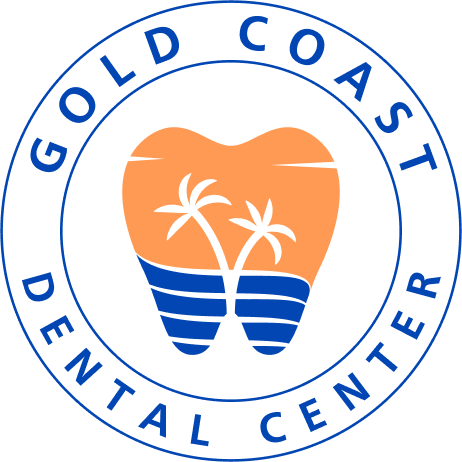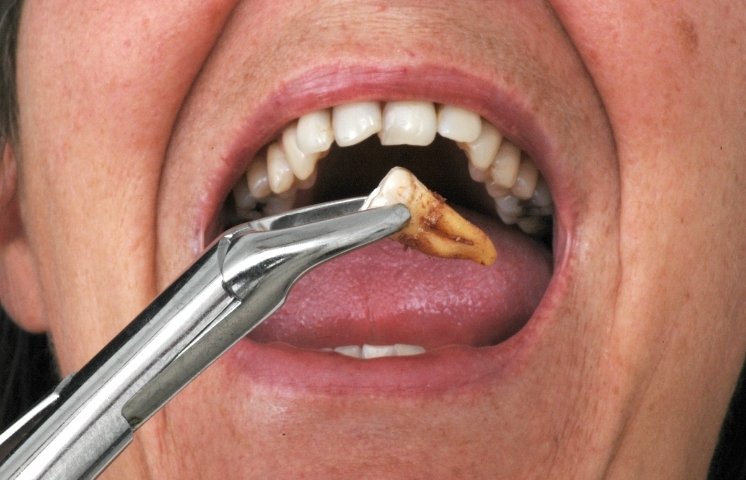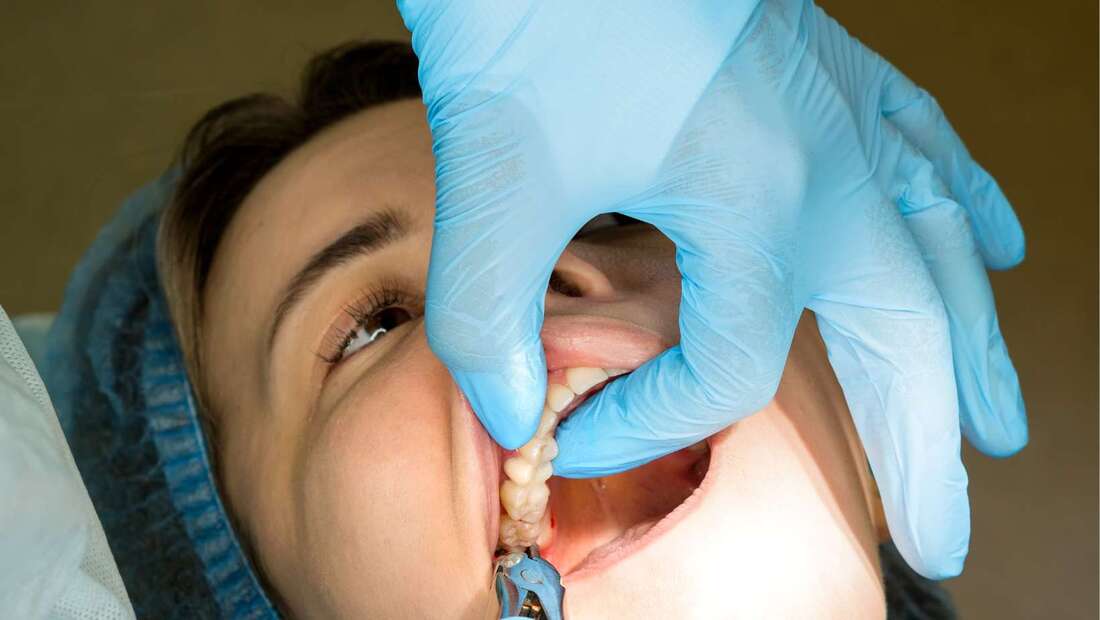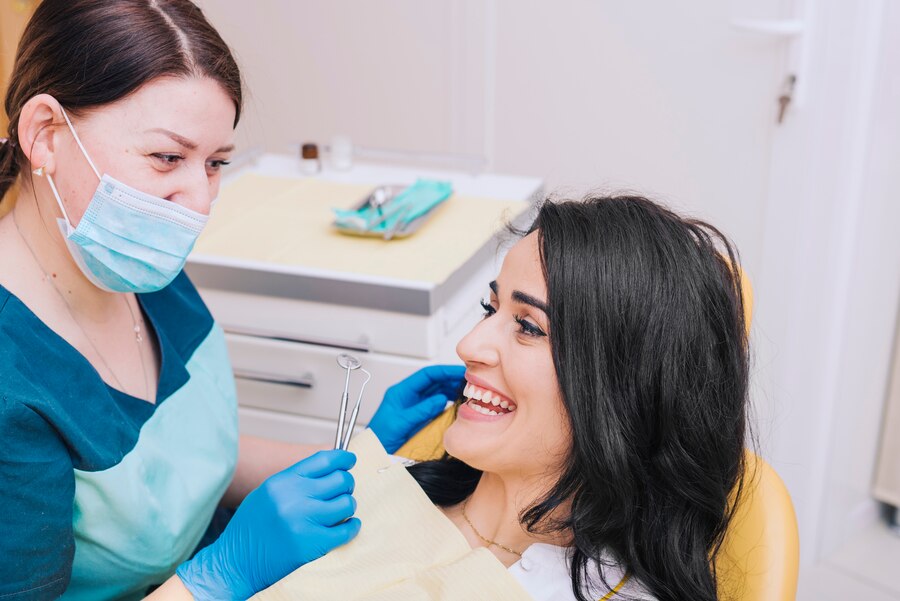We’re a registered Medicare provider, but not with Medicaid or Dentaquest.
Understanding Tooth Extractions: Key Facts and What to Expect

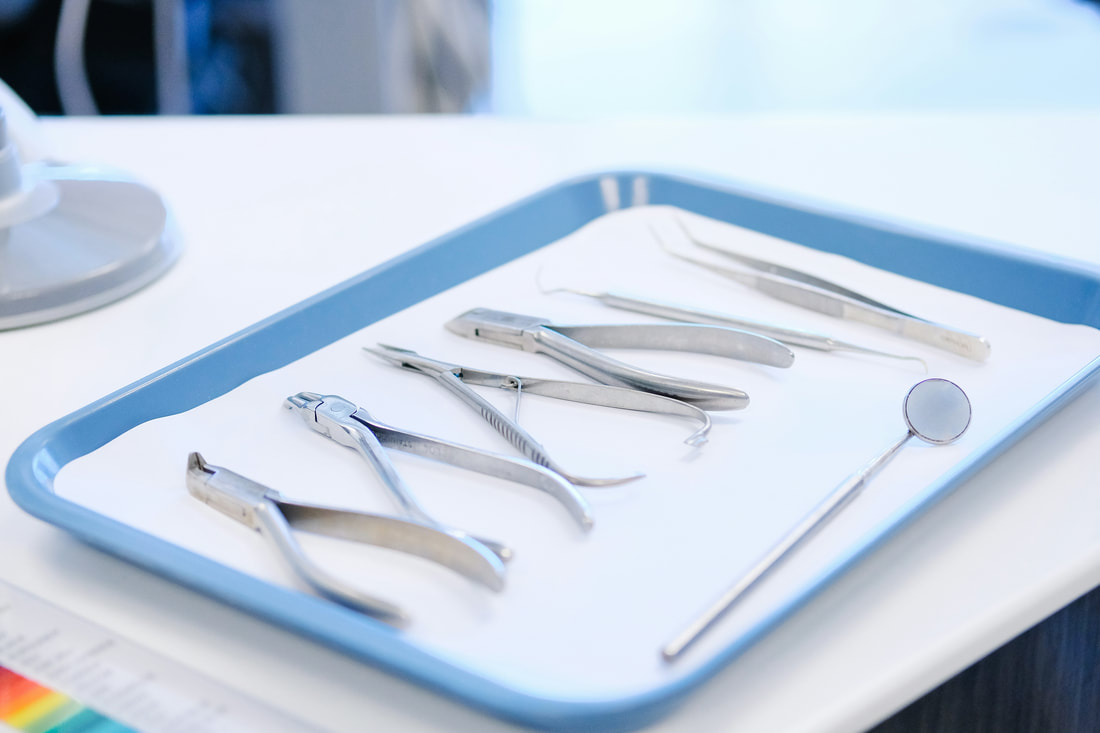
Tooth extraction is a common dental procedure that involves the removal of a tooth from its socket in the bone. This procedure is typically performed when a tooth is damaged beyond repair or poses a threat to oral health.
Who Performs Tooth Extractions?
The procedure can be carried out by:
- Dentists: General dentists often perform simple extractions involving visible teeth.
- Oral Surgeons: These specialists handle more complex cases, such as impacted teeth or extractions requiring surgical intervention.
Both professionals are trained to ensure a successful outcome and minimize discomfort during the procedure.
Common Reasons for Tooth Extractions
Tooth extractions may be necessary for several reasons:
- Severe Decay or Damage: When a tooth is too damaged to be repaired with fillings, crowns, or other treatments.
- Overcrowding: To create space for proper alignment during orthodontic treatments.
- Impacted Teeth: Particularly wisdom teeth that don’t have enough space to emerge properly.
- Gum Disease: Severe periodontal disease that compromises the stability of teeth.
- Trauma: Teeth that are irreparably damaged due to accidents or injuries.
Understanding these common reasons can help patients appreciate the importance of this dental procedure in maintaining overall oral health.
The Tooth Extraction Procedure
Tooth extraction is a multi-step process designed to ensure the removal of a problematic tooth with minimal discomfort and maximum efficiency. Understanding each step helps alleviate concerns and prepares patients for what to expect.
Overview of the Steps Involved in a Typical Tooth Extraction Procedure
The procedure begins with a dental assessment where the dentist evaluates the condition of the tooth and surrounding area. X-rays may be taken to provide a clear picture of the tooth’s position, root structure, and any underlying issues.
Next, anesthesia is administered to numb the area around the tooth. Local anesthesia is most commonly used, but sedation options are available for more complex cases or anxious patients. Proper anesthesia ensures that the extraction process is pain-free.
There are different extraction techniques depending on whether the extraction is simple or surgical. Simple extractions involve teeth that are visible and easily accessible, whereas surgical extractions involve teeth that are not fully erupted or are broken below the gum line.
Step-by-Step Overview of the Procedure
- Numbing the Area: Local anesthesia is injected around the tooth to prevent pain during the procedure. For anxious patients or complex extractions, sedation may be used.
- Loosening the Tooth: An elevator instrument is used to loosen the tooth from its socket. The elevator works by gently rocking the tooth back and forth to detach it from surrounding tissues. This step reduces resistance during removal, making it easier and less traumatic for both patient and dentist.
- Removing the Tooth: Once loosened, forceps are used to grasp and extract the tooth from its socket. The dentist carefully pulls out the tooth while ensuring minimal damage to surrounding tissues.
- Socket Cleaning: After extraction, it’s crucial to clean the socket where the tooth was located. The dentist removes any debris or bone fragments left behind and rinses the socket with saline solution. Sometimes, stitches may be required if there were incisions made during a surgical extraction.
- Controlling Bleeding: Gauze pads are placed over the extraction site for the patient to bite down on. This helps in forming a blood clot and controlling bleeding.
- Post-Extraction Instructions: Patients receive detailed care instructions to facilitate healing and prevent complications. Instructions typically include dietary recommendations, pain management tips, and advice on maintaining oral hygiene around the extraction site.
Understanding these steps demystifies the process of tooth extraction in Fort Lauderdale, FL and underscores its systematic nature aimed at ensuring patient comfort and procedural success.
Post-Extraction Care for a Smooth Recovery
Proper post-extraction care is crucial to ensure a smooth recovery process. Adhering to your dentist’s instructions can help minimize complications and speed up healing. Here are some essential recovery tips:
- Rest and Relaxation: Avoid strenuous activities for at least 48 hours after the procedure to reduce bleeding and swelling.
- Pain Management: Over-the-counter pain relievers like ibuprofen can help manage discomfort. In some cases, your dentist may prescribe stronger medication.
- Oral Hygiene: Maintain good oral hygiene but avoid brushing directly over the extraction site. Rinse gently with a saltwater solution to keep the area clean.
Dietary Recommendations After Extraction
Following a soft food diet is vital for protecting the extraction site and ensuring proper healing.
Recommended Foods:
- Soups and Broths: Opt for warm (not hot) soups that require minimal chewing.
- Mashed Potatoes: Soft and easy to swallow, mashed potatoes are an excellent option.
- Yogurt: Its smooth texture makes it gentle on the extraction site.
- Applesauce: This fruit puree provides nutrients without needing much chewing.
- Scrambled Eggs: Soft-cooked eggs are easy to eat and rich in protein.
Foods to Avoid:
- Crunchy Foods: Chips, nuts, and popcorn can irritate or dislodge the blood clot.
- Spicy Foods: These can cause irritation around the extraction site.
- Hot Foods/Drinks: Extremely hot items can increase swelling and delay healing.
- Carbonated Beverages: Sodas may interfere with clot formation.
- Alcohol: Alcoholic beverages can interact negatively with pain medications and slow down the healing process.
By adhering to these guidelines, you can effectively aid your body’s recovery process while minimizing discomfort and potential complications.
Potential Complications from Tooth Extractions and How to Avoid Them
Tooth extractions, while common, can sometimes lead to complications. Understanding these risks and how to prevent them is crucial for a smooth recovery.
Common Complications
1. Dry Socket (Alveolar Osteitis)
Dry socket occurs when the blood clot at the extraction site either fails to form or is dislodged, exposing the underlying bone and nerves.
Symptoms: Severe pain radiating from the socket to the ear or eye, bad breath, and an unpleasant taste in the mouth.
Prevention Tips:
Avoid drinking through straws or spitting excessively.
Refrain from smoking or using tobacco products.
Follow your dentist’s instructions regarding physical activity and oral hygiene.
2. Infection Risks
An infection can develop in the extraction site if bacteria enter the exposed area after the procedure.
Symptoms: Persistent swelling, fever, pus discharge, and severe pain at the extraction site.
Prevention Tips:
Take prescribed antibiotics as directed by your dentist.
Maintain good oral hygiene without disturbing the extraction site.
Use antiseptic mouthwash if recommended by your dentist.
3. Nerve Damage
Though rare, nerve damage can occur during tooth extractions, especially with lower wisdom teeth or complex cases. This can affect sensations in your lips, tongue, or chin.
Symptoms: Numbness or tingling in the affected areas that may persist after anesthesia wears off.
Prevention Tips:
Choose an experienced and skilled dental professional for your procedure.
Discuss any concerns with your dentist Fort Lauderdale FL prior to surgery to understand potential risks and mitigation strategies.
Being aware of these complications and their preventive measures helps ensure a safer tooth extraction experience. Always follow your dental professional’s advice closely and report any unusual symptoms promptly for timely intervention.
FAQs About Tooth Extractions
1. What Should I Expect During My First Extraction?
Understanding what to expect can help ease anxiety about your first tooth extraction. The procedure typically starts with a thorough examination and possibly X-rays to assess the tooth’s position and condition.
Anesthesia: Local anesthesia is administered to numb the area around the tooth, ensuring you don’t feel pain during the extraction.
Procedure: The dentist or oral surgeon will use specialized instruments to loosen and remove the tooth. Simple extractions involve using an elevator instrument and forceps, while more complicated cases might require incisions or bone removal.
Post-Extraction: After the tooth is removed, the socket is cleaned, and gauze is placed to control bleeding. You will receive detailed post-operative care instructions.
2. How Can I Manage Pain After a Tooth Extraction?
Pain management is crucial for a smooth recovery post-extraction.
Medications: Over-the-counter pain relievers like ibuprofen may be recommended. For more severe pain, your dentist may prescribe stronger medications.
Cold Compresses: Applying ice packs to your face in 15-minute intervals can help reduce swelling and numb the affected area.
Rest: Limiting physical activity for at least 48 hours can aid in reducing discomfort and promoting healing.
Diet: Stick to soft foods like yogurt, applesauce, and mashed potatoes initially, avoiding hard or crunchy items that could irritate the extraction site.
3. Are There Alternatives to Tooth Extractions?
In some cases, alternatives to tooth extractions may be available depending on the severity of the issue.
Root Canal Therapy: If severe decay is present but enough of the tooth structure remains intact, a root canal might save the tooth by removing infected tissue inside.
Crowns or Fillings: For less severe damage, dental crowns or fillings can restore functionality and appearance without removing the entire tooth.
Orthodontic Solutions: In cases of overcrowding, orthodontic treatments like braces can sometimes create space without needing extractions.
Exploring these alternatives with your dentist can help determine the best course of action for your specific situation.
